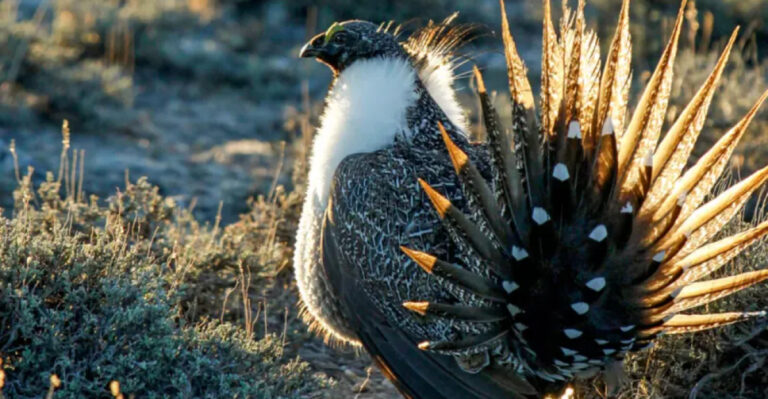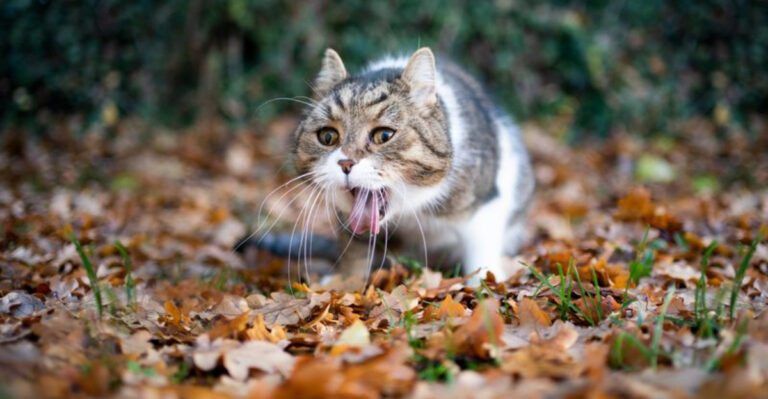10 Dog Breeds That Struggle To Find Forever Homes And 5 Breeds That Are In High Demand For Adoption

Finding the perfect home for every dog should be simple, but the reality is more complicated. Some dog breeds wait months or even years in shelters while others get adopted almost immediately after arriving.
Understanding which breeds struggle to find homes and which ones are in high demand can help potential adopters make informed decisions.
Whether you’re considering adding a furry friend to your family or just curious about adoption trends, this guide sheds light on the canine companions who need our help most – and those who rarely lack attention.
1. Pit Bulls Face Unfair Stereotypes
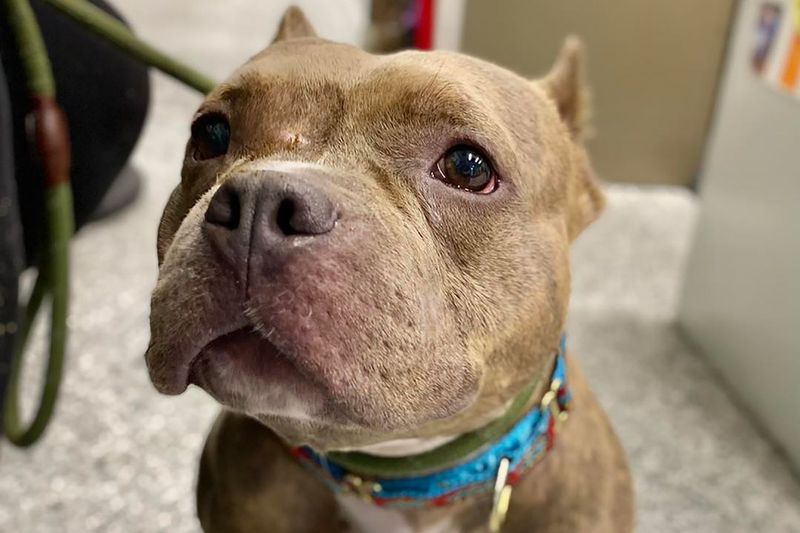
Pit Bulls top the list of dogs struggling to find homes due to widespread misconceptions about their temperament. Media portrayals have painted them as aggressive, when in reality, most are affectionate and loyal companions.
Breed-specific legislation in many areas restricts or bans Pit Bull ownership, further complicating their adoption prospects. These sweet-natured dogs often wait in shelters three times longer than other breeds.
Did you know? The term “Pit Bull” actually encompasses several breeds including American Pit Bull Terriers, American Staffordshire Terriers, and Staffordshire Bull Terriers – all of which score better on temperament tests than many popular family dogs!
2. Black Dog Syndrome Affects Many Breeds

Black dogs of various breeds face a peculiar challenge in shelters known as “Black Dog Syndrome.” Their dark fur makes facial expressions harder to read and creates difficulty in capturing good photos for adoption websites.
Potential adopters often pass by these ebony-coated canines due to superstitions or simply because they don’t stand out as much. Shelter workers report that black Labrador mixes, black German Shepherds, and other dark-furred pups wait significantly longer for homes.
Lighting matters! When meeting a black dog, try to see them in natural light where their expressions and personality shine through much more clearly than under harsh shelter fluorescents.
3. Senior Dogs Wait Longest For Adoption

Gray-muzzled and wise, senior dogs (typically 7+ years old) face some of the toughest odds in the shelter system. Many potential adopters overlook these golden-aged companions, concerned about medical costs or limited time together.
What most people miss is how perfectly suited seniors are for many lifestyles. They’re typically house-trained, less energetic, and have established personalities – no surprises! Senior dogs show remarkable gratitude when adopted, often forming especially deep bonds with their new families.
Many shelters offer “senior to senior” programs with reduced adoption fees for older adults, creating beautiful matches between humans and dogs in their golden years.
4. Chow Chows Challenge Inexperienced Owners

With their lion-like manes and blue-black tongues, Chow Chows certainly stand out in shelters. Unfortunately, their independent nature and strong-willed personality often lead to quick returns when adopted by unprepared families.
Chows require consistent training from an early age and tend to bond deeply with one person while remaining aloof with strangers. This breed’s natural guardian instincts can be misinterpreted as aggression.
Originally bred as working dogs in China over 2,000 years ago, Chows excel with experienced owners who understand their need for respect rather than dominance-based training.
When properly socialized, they become dignified, loyal companions who simply won’t tolerate being treated as silly, floppy-eared goofballs.
5. Bully Breeds Beyond Pit Bulls Struggle Too

American Bulldogs, Bull Terriers, and Boxer mixes often face the same prejudices as their Pit Bull cousins. These muscular, square-jawed pups get lumped together under restrictive housing policies despite their distinct breed characteristics and temperaments.
Apartment complexes and HOAs frequently ban these breeds outright, severely limiting their adoption prospects. The reality? Most bully breeds are playful, people-oriented dogs who form strong bonds with children.
Historically, breeds like the Bull Terrier were known as “nanny dogs” because of their protective nature toward children. Today, education efforts by rescue organizations help combat the unfair stereotypes that keep these loyal companions waiting in shelters month after month.
6. Huskies Overwhelm Shelters After Pop Culture Booms
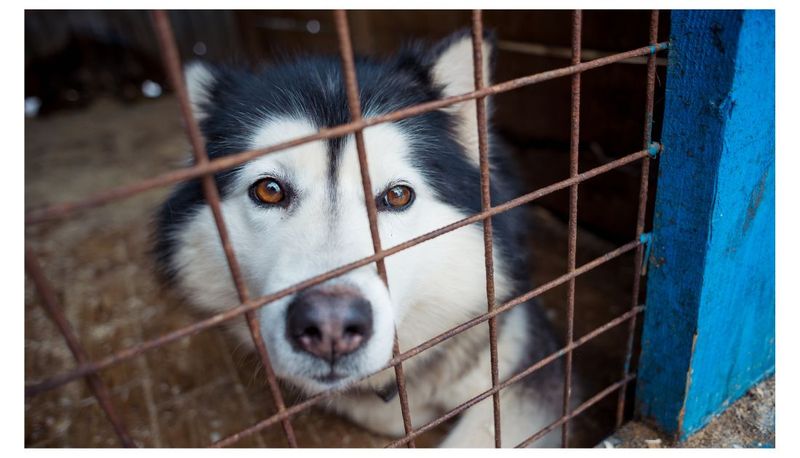
Siberian Huskies captivate with their wolf-like appearance and striking blue eyes, but their popularity from shows like Game of Thrones led to impulse adoptions and subsequent surrenders. These energetic escape artists require specialized care that many owners aren’t prepared to provide.
Huskies need extensive exercise – a quick walk around the block won’t cut it. They’re notorious for fence-jumping, digging, and can be quite vocal with their distinctive “talking.”
Northern breed rescues often operate at capacity, filled with adolescent Huskies surrendered once their puppy cuteness faded and their true exercise needs became apparent.
Surprisingly, despite their wild appearance, most Huskies make terrible guard dogs – they’re typically too friendly with strangers!
7. Special Needs Dogs Wait Years For The Right Match
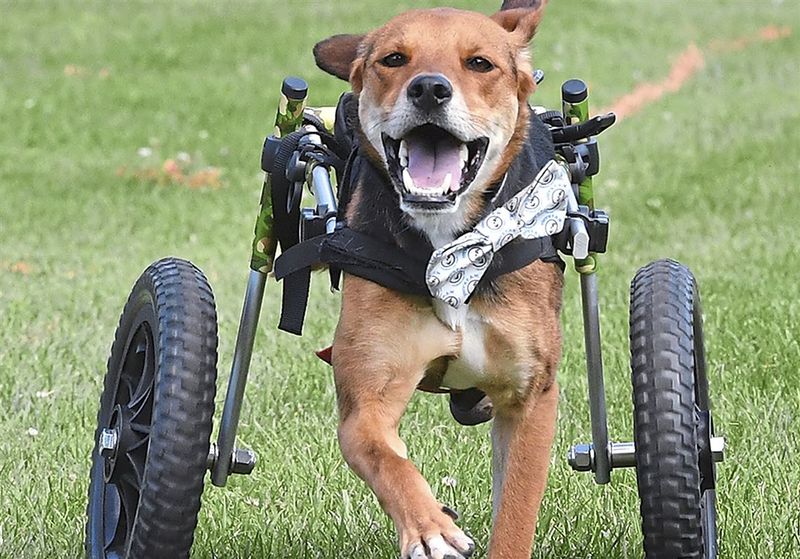
Dogs with medical or behavioral special needs often become “long-timers” in the shelter system. Whether they’re diabetic, hearing-impaired, or require medication for seizures, these pups face steep adoption challenges despite their wonderful personalities.
Blind dogs, three-legged warriors, and seniors with chronic conditions adapt remarkably well to their limitations. Their resilience is truly inspiring! Many develop compensatory skills that amaze even experienced handlers.
The silver lining? When special needs dogs finally find their perfect match, the bonds formed are extraordinary.
Organizations like Special Needs Animal Rescue & Rehabilitation (SNARR) specialize in finding homes for these exceptional animals, often with people who have overcome similar challenges themselves.
8. Chihuahuas Flood Shelters In Many Regions
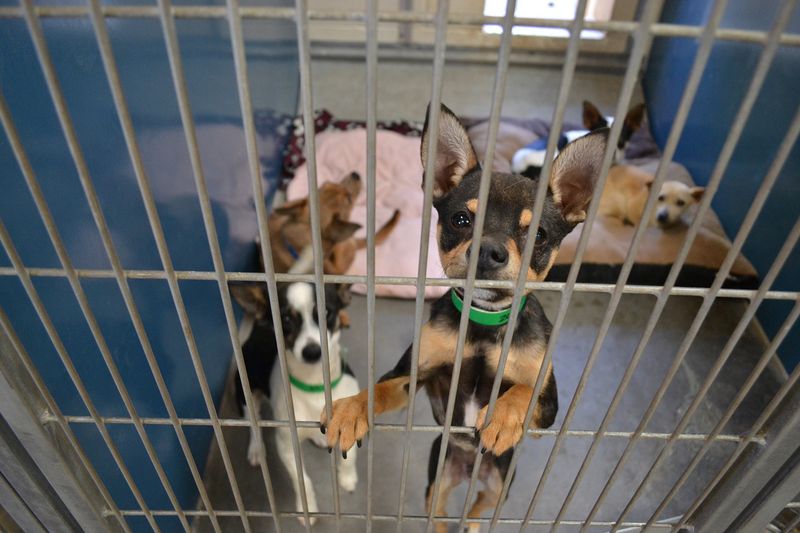
Tiny but mighty, Chihuahuas and Chihuahua mixes dominate shelter populations in many regions, particularly in the southwestern United States. Their popularity as “purse dogs” led to overbreeding and subsequent abandonment when owners discovered their big personalities.
Contrary to their cute appearance, Chihuahuas aren’t typically suitable for households with small children. Their delicate frames can be injured during rough play, and many develop protective behaviors toward their primary person.
The breed’s longevity – many live 15-20 years – means adoption is a serious long-term commitment. Shelters in California and Texas sometimes transport these little ones to northern states where small dogs are in higher demand, giving them better chances at finding forever homes.
9. Greyhounds Retire Into Uncertainty

Retired racing Greyhounds face a unique challenge – transitioning from track life to home life. With racing banned in many states, thousands of these gentle speedsters need homes, but misconceptions about their exercise needs persist.
Surprisingly, Greyhounds are often called “45mph couch potatoes” by those who know them best. They require short bursts of exercise followed by long periods of rest. Many are perfectly content in apartments!
These elegant dogs must learn about stairs, glass doors, and other household features for the first time as adults.
Specialized Greyhound rescue groups work tirelessly to place these athletes into loving homes where they can finally experience life as beloved pets rather than racing commodities.
10. Deaf Dogs Face Communication Barriers
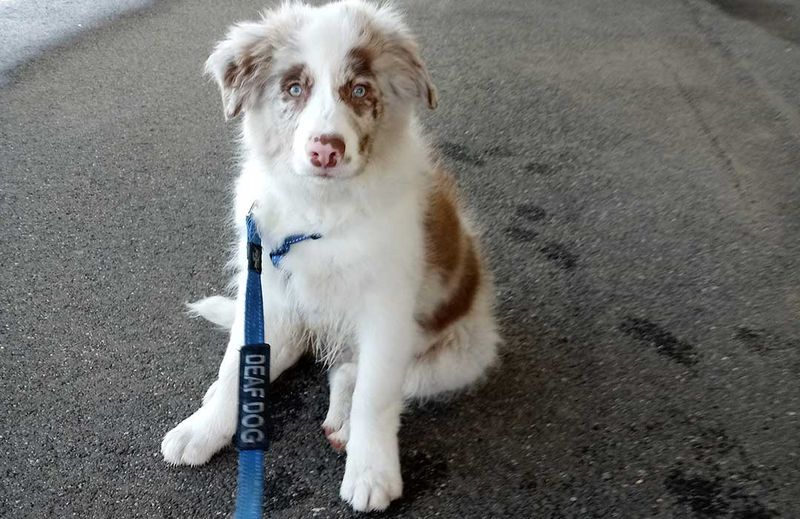
Deaf dogs – whether born that way or losing hearing with age – often get overlooked by potential adopters concerned about training challenges. White dogs with blue eyes, like deaf Dalmatians or white Boxers, are particularly affected due to genetic links between these traits and hearing impairment.
The reality is that deaf dogs adapt beautifully to visual cues and hand signals. Many owners report stronger bonds with hearing-impaired pups because of the intentional communication they develop together.
Training a deaf dog requires creativity but isn’t necessarily harder – just different! Organizations like Deaf Dogs Rock provide resources for owners, helping these special pups find understanding homes where their supposed “disability” becomes just another unique characteristic of a beloved family member.
11. French Bulldogs Top Adoption Demand Lists

French Bulldogs rarely linger in shelters – these bat-eared charmers typically have adoption waiting lists! Their compact size makes them apartment-friendly, while their minimal exercise needs suit busy lifestyles.
“Frenchies” have skyrocketed in popularity, becoming social media darlings thanks to their expressive faces and adaptable personalities. Their popularity comes with drawbacks though – high demand has led to overbreeding and health problems.
Potential adopters should know that these flat-faced cuties often come with medical challenges including breathing difficulties, spinal issues, and allergies.
Despite these concerns, French Bulldog rescues report that they can barely keep up with adoption applications, sometimes receiving dozens of inquiries within hours of posting an available dog.
12. Golden Retrievers Get Adopted Almost Instantly

Golden Retrievers represent the unicorns of the shelter world – they’re rarely available for more than a day or two before finding new homes. Their reputation as the quintessential family dog makes them perpetually in demand.
These golden-coated charmers combine athleticism with a gentle temperament that works well in most household situations. Their patient nature with children and eagerness to please create the perfect storm of adoptability.
Golden Retriever rescue organizations maintain long waiting lists of pre-approved adopters hoping for a match. When one becomes available – whether a puppy or a senior – the rescue’s phone typically rings non-stop until the lucky family is selected.
Many potential adopters wait months or even years for the opportunity to welcome one of these sunshine-furred companions home.
13. Labrador Retrievers Never Wait Long For Homes
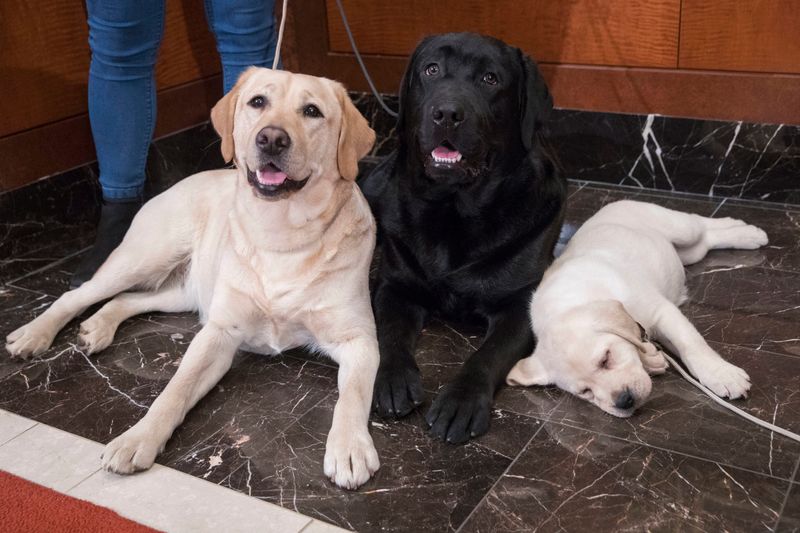
America’s most popular dog for 31 consecutive years, Labrador Retrievers enjoy enviable adoption rates even in overcrowded shelters. Their versatility as family pets, service dogs, and working companions makes them desirable across various lifestyles.
Labs adapt well to suburban homes, farms, or apartments with sufficient exercise. Their even temperament and trainability give them an edge in the adoption world – many families specifically search for Lab mixes.
Chocolate Labs typically wait slightly longer than their yellow or black counterparts, though the reason remains a mystery to shelter workers.
Regardless of coat color, these water-loving retrievers rarely spend more than a week or two in the shelter system before someone recognizes their potential as the perfect family addition.
14. Doodle Mixes Create Adoption Frenzies

Poodle mixes – Labradoodles, Goldendoodles, Bernedoodles, and their curly-coated cousins – create near-hysteria when they appear in rescue situations. These designer dogs combine the Poodle’s intelligence and low-shedding coat with the temperaments of various breeds.
The “doodle craze” has reached such heights that some rescues use lottery systems for adoption applications. It’s not uncommon for a single Goldendoodle to receive over 100 applications within hours of being listed! Their popularity stems from their reputation as allergy-friendly family dogs, though no dog is truly hypoallergenic.
Rescue workers often use the intense demand for doodles as an opportunity to introduce potential adopters to similar mixed breeds who might wait months longer for homes simply because they lack the trendy “doodle” label.
15. Small Breeds Rarely Linger In Shelters

Yorkies, Shih Tzus, Maltese, and other small breeds typically fly out of shelters thanks to their apartment-friendly size and lower exercise requirements. Their portability and diminutive stature make them particularly attractive to older adopters and city dwellers.
Many shelters maintain waiting lists specifically for small breeds under 20 pounds. When these little ones become available, staff often have their pick among dozens of qualified homes.
The demand creates a bittersweet situation where small dogs find homes quickly while larger breeds wait months for the right match.
Some shelters have implemented “big dog” adoption specials with reduced fees to help balance this disparity. Still, the tiny tail-waggers continue to be among the most sought-after companions in the rescue world.


